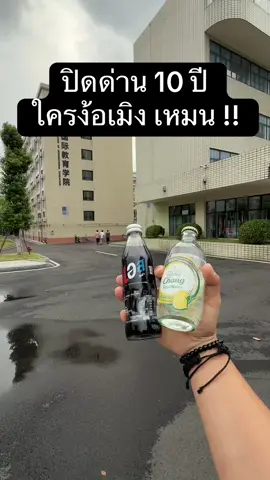alipooo_
Region: ID
Friday 03 October 2025 09:46:18 GMT
11823
1358
10
88
Music
Download
Comments
HMIZNX_PLW✈️✈️🗿 :
mimpi buruk jalan karanjalemba
2025-10-03 13:40:10
2
Yana Yana :
Hari ini ful hujan tdk berenti 😫
2025-10-03 13:58:49
1
@Syaakbar :
Habis makan bakso. baru baku kurung di kos behh narasa🤣🤣🙏
2025-10-03 21:15:29
0
Astamar Satria N :
hujan terus 1 hari dri siang smpe malam tead berenti🤣
2025-10-03 17:58:34
0
anakmager :
izin unduh ka, utk prank story di wa?
2025-10-03 15:59:55
0
️ :
pertama kak
2025-10-03 09:50:46
0
?? :
apalagi klo saya pacar🥰
2025-10-03 09:52:46
1
iwan2120 :
lebih emak tdur brdua
2025-10-03 12:55:14
0
To see more videos from user @liffwithu_, please go to the Tikwm
homepage.





